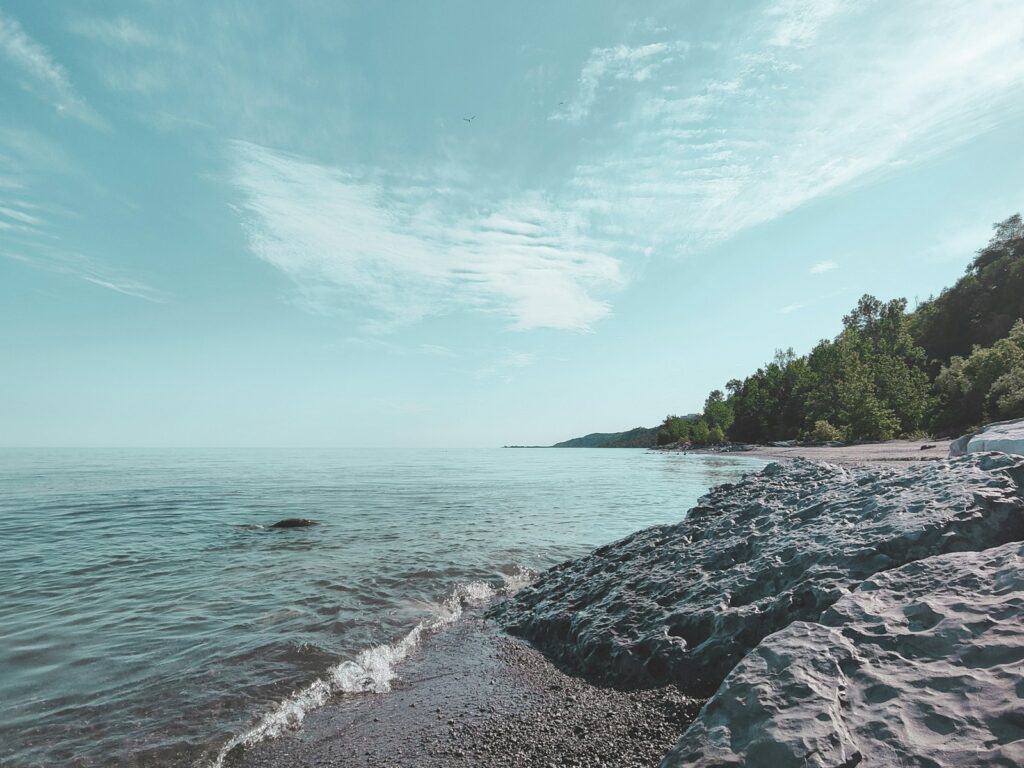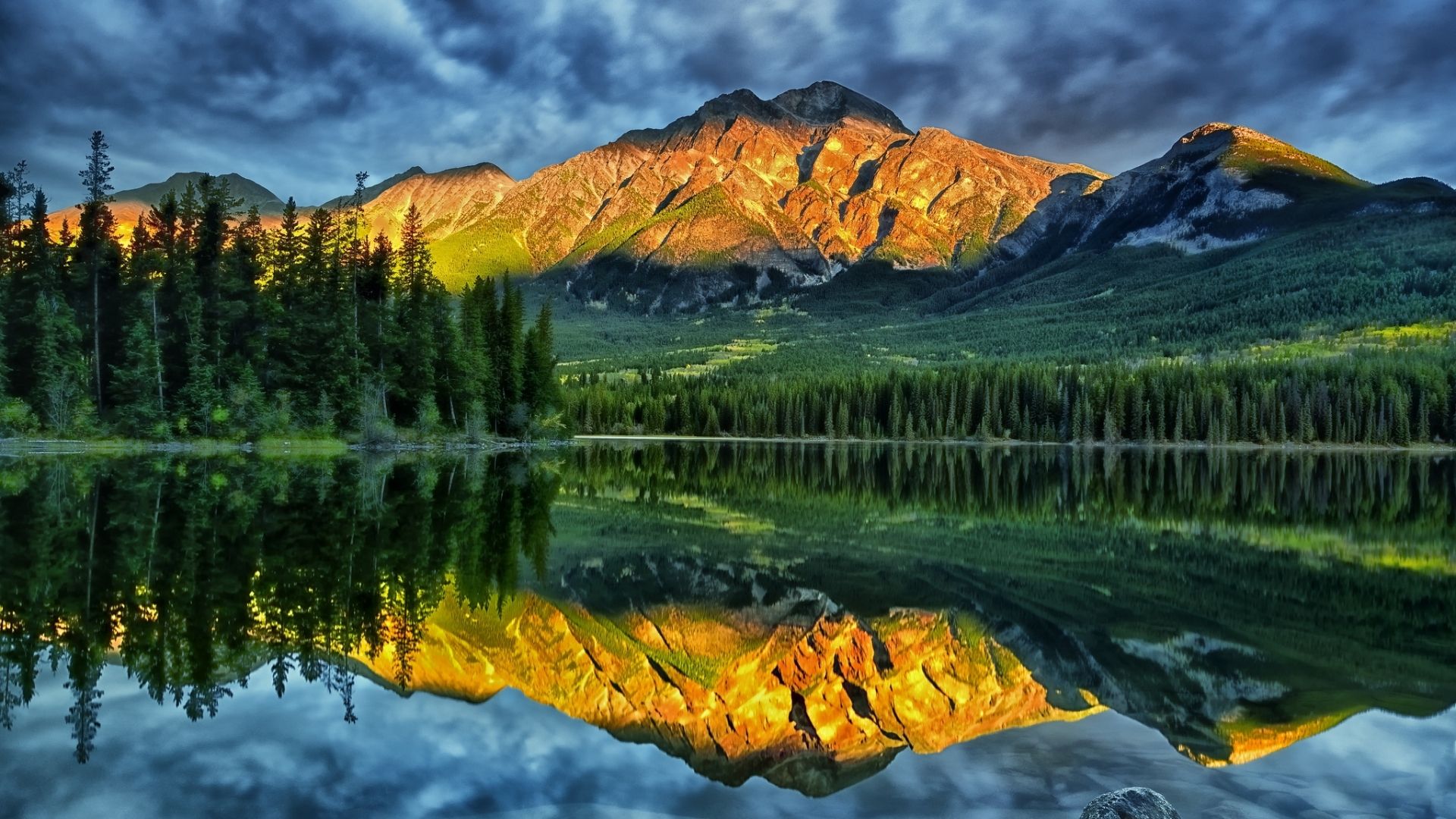
Lakes are truly magnificent bodies of water, offering a captivating allure that draws people to their shores and beckons them to dive into their depths for a breathtaking experience. Unlike the vast and often tempestuous seas or oceans, lakes frequently provide a safer, more tranquil environment for activities such as swimming, as their waves are generally not as harsh or formidable as those found in larger, open water bodies.
For anyone who harbors a deep affection for swimming, diving, or simply marveling at nature’s profound wonders, the United States is an unparalleled destination, boasting an innumerable number of deep lakes waiting to be explored. From the pristine, sky-reflecting surfaces to the mysterious, unplumbed abysses, these lakes tell tales of ancient geological forces, from cataclysmic volcanic eruptions to the slow, relentless carving of glaciers that sculpted the very landscape.
This article invites you on an extraordinary journey beneath the surface to explore the most profound aquatic basins across the nation. Drawing upon solid research and evocative descriptions, we will delve into the factual wonders and captivating narratives of America’s deepest lakes, revealing their unique features, ecological significance, and the captivating stories that have shaped them into the natural treasures they are today. We begin our exploration with the absolute deepest, a true jewel of the American landscape.
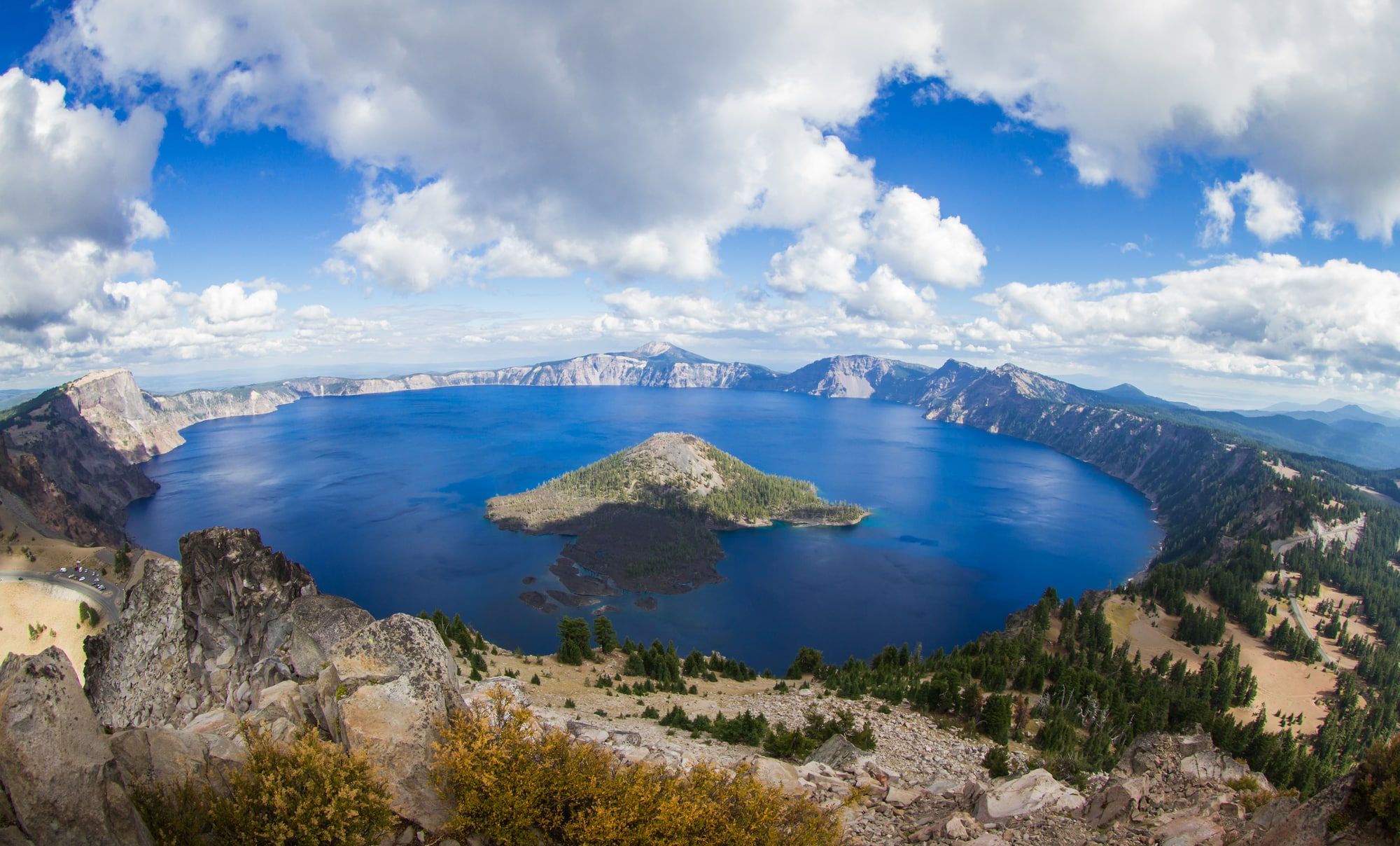
1. **Crater Lake, Oregon** At an astonishing 1,949 feet, Crater Lake in Oregon proudly holds the title of the deepest lake in the entire United States, a true marvel of the natural world. This fact renders it a globally significant body of water, ranking as the ninth-deepest lake in the world and the second-deepest in North America. Its dramatic formation stands as a testament to the Earth’s powerful geological history, as it was created by the colossal eruption and subsequent collapse of the dormant volcano Mount Mazama, an event that occurred approximately 7,700 years ago, leaving behind the immense caldera now filled with water.
Beyond its impressive depth, Crater Lake is renowned for its utterly stunning blue waters and its almost unbelievable purity. The lake’s crystalline clarity is attributed to a unique hydrological characteristic: it is not fed or drained by any rivers or streams, meaning that no external sources introduce salt, debris, or mineral deposits into its pristine basin. Instead, its vast volume of water, estimated at 18.7 cubic kilometers, comes directly and exclusively from accumulated snowmelt and rainfall.
This remarkable isolation contributes to its status as one of Earth’s cleanest and clearest lakes, with a full cycle of evaporation and replenishment taking an astounding 250 years. The breathtaking beauty of Crater Lake and its surrounding deep forests and abundant wildlife led to the establishment of a national park around it in 1902. It is considered a sacred site by the local Klamath tribe and features prominently in their mythology, including the cataclysmic eruption that led to its formation.
While visitors can engage in recreational activities and marvel at its beauty, the only boat service available is operated by the National Park Service, with the dock located at the end of the somewhat arduous Cleetwood Cove Trail, offering an immersive experience into this natural wonder.
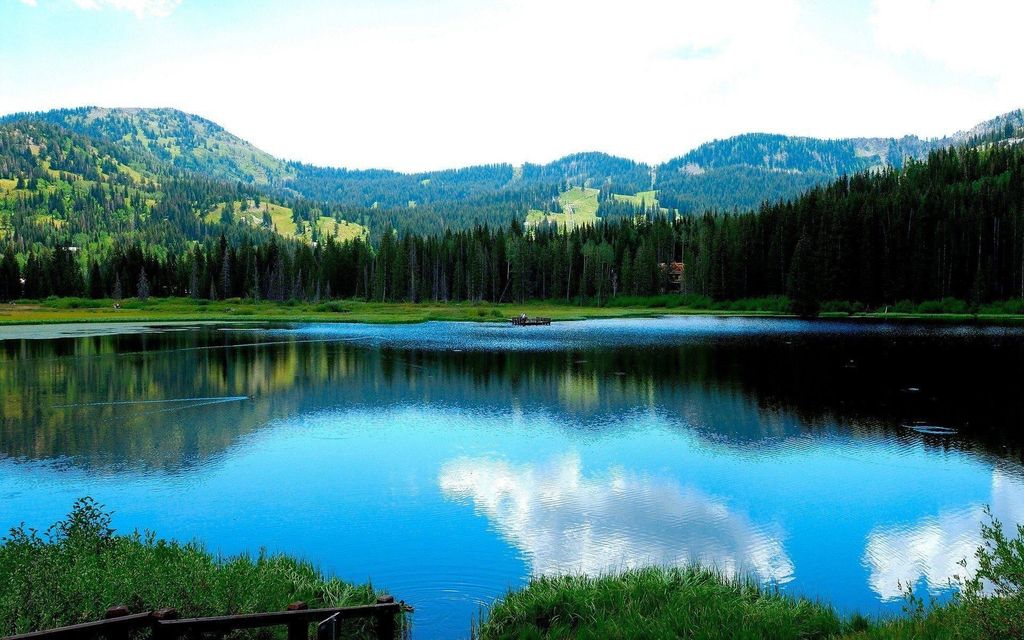
2. **Lake Tahoe, Nevada/California** Crossing into the borderlands of Nevada and California, nestled within the majestic Sierra Nevada Range, lies Lake Tahoe, the second-deepest lake in the United States. With a maximum recorded depth of 1,645 feet (501 meters), this natural lake also stands as the largest alpine lake in all of North America. Its impressive profile, characterized by spectacular scenery and pristine open space, renders it a highly sought-after destination.
Lake Tahoe further distinguishes itself with its legendary water purity, consistently ranking among the cleanest waters globally. It boasts an astonishing purity percentage of 99.994%, a figure that comes remarkably close to the standard purity of distilled water, which is measured at 99.998%. This extraordinary clarity renders it a true gem for both recreational enjoyment and scientific study, reflecting the surrounding mountain peaks with breathtaking precision.
Indeed, Tahoe is a veritable mecca for individuals eager to engage in outdoor water-based activities, as it is widely accessible to the public for enjoyment. From boating and fishing to hiking the numerous trails that traverse the forested land encompassing most of the area around the lake, there are countless ways for visitors to immerse themselves in its natural splendor. Its exceptional depth and unparalleled clarity also make it a favorite among adventurous scuba divers, who explore its intriguing underwater caves and unique rock formations, discovering hidden wonders beneath its sparkling surface.
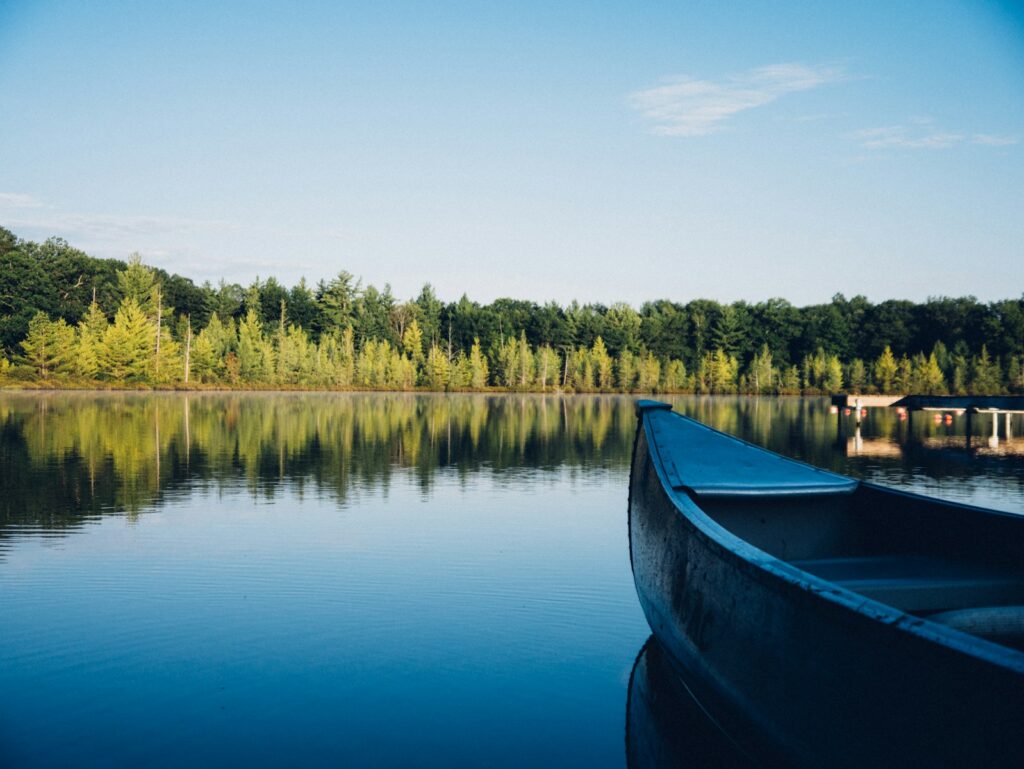
3. **Lake Chelan, Washington** Situated gracefully in Washington State, Lake Chelan captivates visitors with its breathtaking presence and impressive depths, securing its position as the third-deepest lake in the United States. This remarkable body of water is not merely deep; it is a natural glacier-carved lake, a testament to the powerful, ancient forces of ice that have shaped the landscapes of the Pacific Northwest. Its deepest point descends to 1,486 feet (453 meters), located within its second, more profound basin, with the deepest portion situated near the charming town of Chelan itself.
Despite its location nestled within the rugged Cascade Mountains of Washington, a fascinating geological detail reveals that the very bottom of Lake Chelan still lies approximately 285 feet above sea level. The lake itself is strikingly narrow, stretching for about 50.5 miles—a slender ribbon of water winding through the mountainous terrain. This unique morphology, combined with its profound depth, contributes to its distinct character and allure. Lake Chelan proudly holds the title of the largest lake in the state across all categories, rendering it a pivotal natural landmark for Washington.
Its natural beauty is profoundly enhanced by the dramatic range of mountains that encircle this glacier-fed lake, providing a stunning backdrop to its deep blue waters. Lake Chelan is a popular destination that offers a wide spectrum of recreational options, benefiting from its accessibility and proximity to civilization compared to more remote deep lakes such as Crater Lake. Visitors flock to its shores to enjoy a variety of water sports, boating, and fishing for species such as rainbow trout, immersing themselves in the serene yet vibrant outdoor environment.
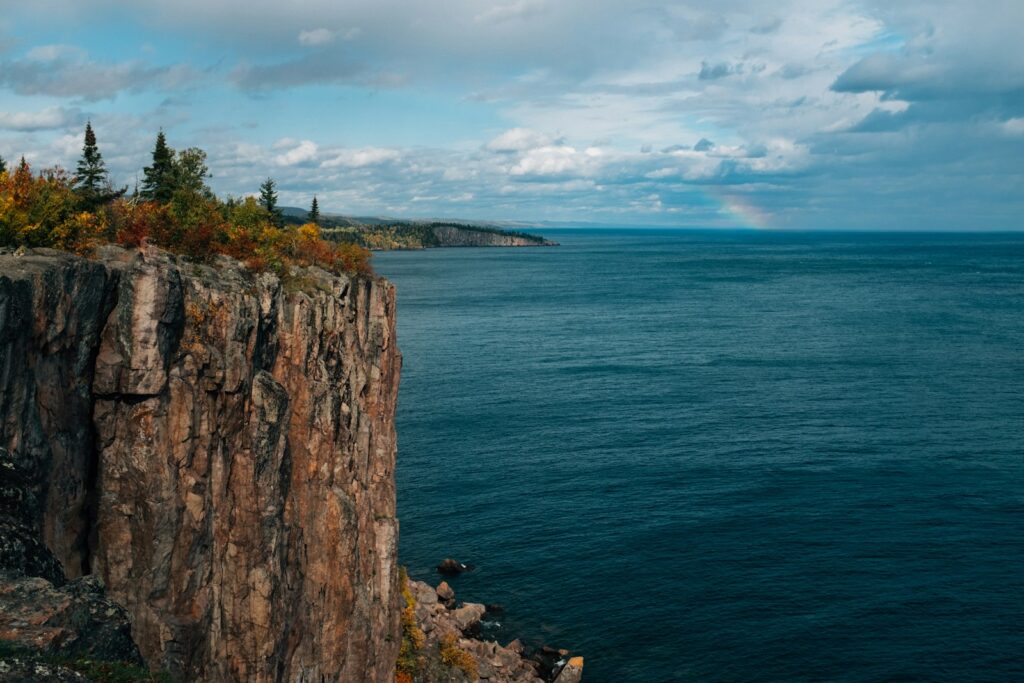
4. **Lake Superior, Michigan/Wisconsin/Minnesota/Canada** Lake Superior stands as a colossus among freshwater bodies, not only ranking as the fourth-deepest lake in the US but also holding the esteemed title of the largest freshwater lake in the world by surface area. Its name, “Superior,” truly reflects its immense scale, stretching across the borders between Canada and the United States and connecting the US states of Wisconsin, Michigan, and Minnesota. Despite its vast surface, it ranks only as the 36th deepest in the world by absolute depth; yet its maximum depth of 1,333 feet (406 meters) is undeniably profound.
This majestic lake commands an astonishing water volume of 2,900 cubic miles, a figure so immense that it is estimated to contain a remarkable 10 percent of the world’s entire surface freshwater. Such a vast reservoir of clean water constitutes a global treasure, and its pristine condition is reflected in its impressive clarity, boasting an average underwater visibility of 27 feet (8.2 meters). This clarity serves as a testament to the lake’s health and the effectiveness of ongoing conservation efforts.
Lake Superior’s expansive surface area, covering an impressive 31,700 square miles, gives it a grand, almost oceanic presence. Its rugged shoreline and pristine waters make it a popular destination for a multitude of outdoor pursuits, including fishing, boating, and kayaking. Beyond recreation, the lake is also home to several historic lighthouses and shipwrecks, bearing silent witness to centuries of maritime activity. It is said that emptying the lake at its current flow rate would take almost two centuries, a vivid illustration of its staggering volume and enduring majesty.
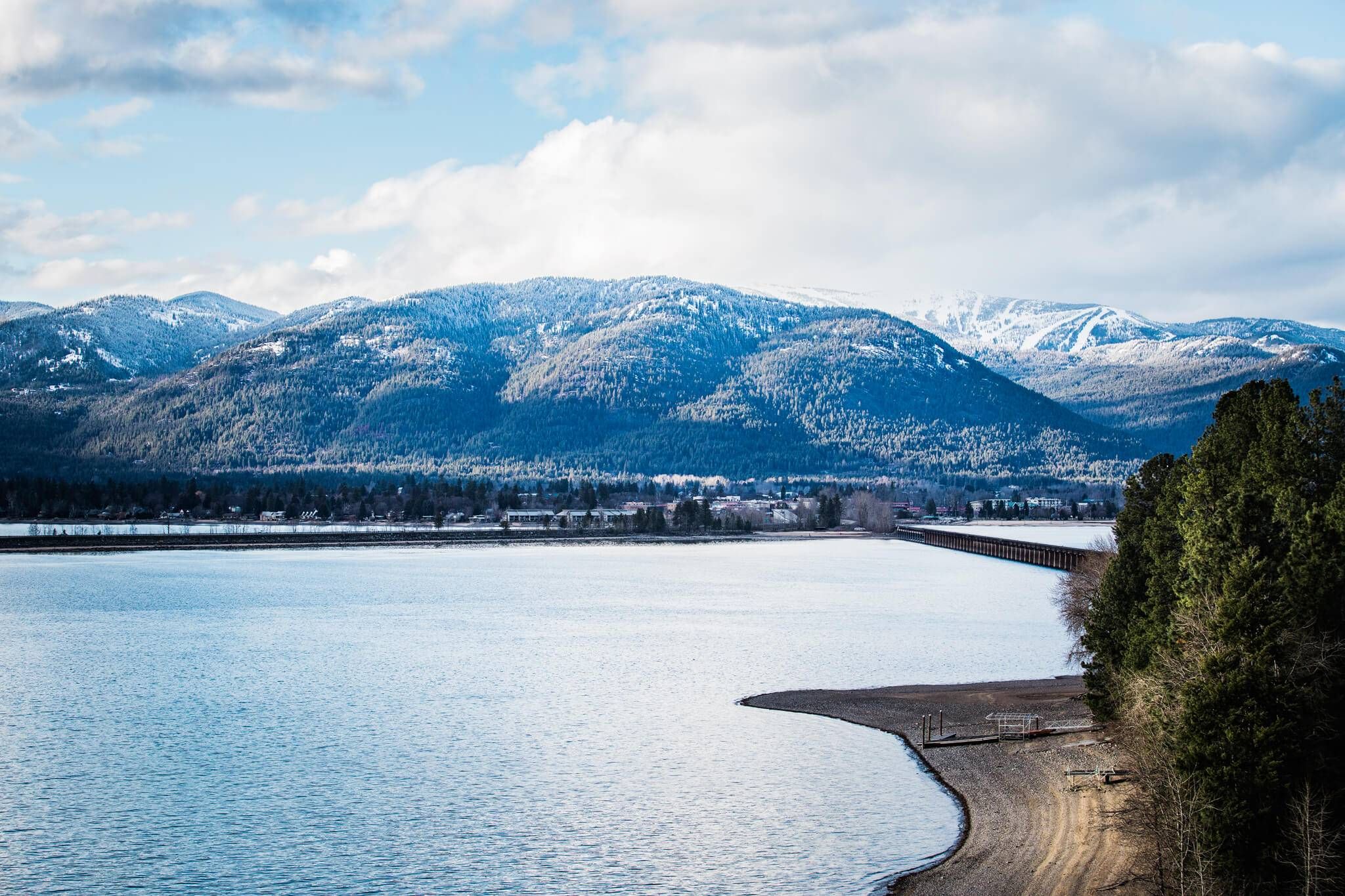
5. **Lake Pend Oreille, Idaho** In the rugged, picturesque landscape of the Idaho Panhandle lies Lake Pend Oreille, securing its place as the fifth-deepest lake in the United States. This gorgeous body of water plunges to an impressive maximum depth of 1,150 feet (350 meters) and ranks as the ninth-deepest lake in North America. Its origins trace back to many years ago, when it was meticulously carved out by the powerful forces of ancient glaciers during the last ice age, leaving behind a profound and sprawling basin.
Measuring 383 square kilometers in surface area, Lake Pend Oreille proudly stands as the largest lake in Idaho, a vital hydrological feature of the state. Its impressive history stretches back to pre-recorded times, having provided essential water resources and served various crucial functions for centuries. This rich heritage adds another layer of intrigue to its natural splendor, connecting it deeply with the region’s past.
Today, Lake Pend Oreille is not only a natural wonder but also a significant tourist attraction. The resort town of Sandpoint, nestled on its northern lakeshore, has developed into a renowned spot, drawing visitors who come to explore the area’s beauty and recreational opportunities. While Sandpoint offers modern amenities, much of the rest of the lake’s shoreline remains surrounded by dense forests and a scattering of smaller, more secluded towns, preserving a sense of wild tranquility. Interestingly, the southern tip of this massive lake also serves a unique purpose, being part of the U.S. Navy’s acoustic underwater submarine research, which highlights its strategic and scientific importance.
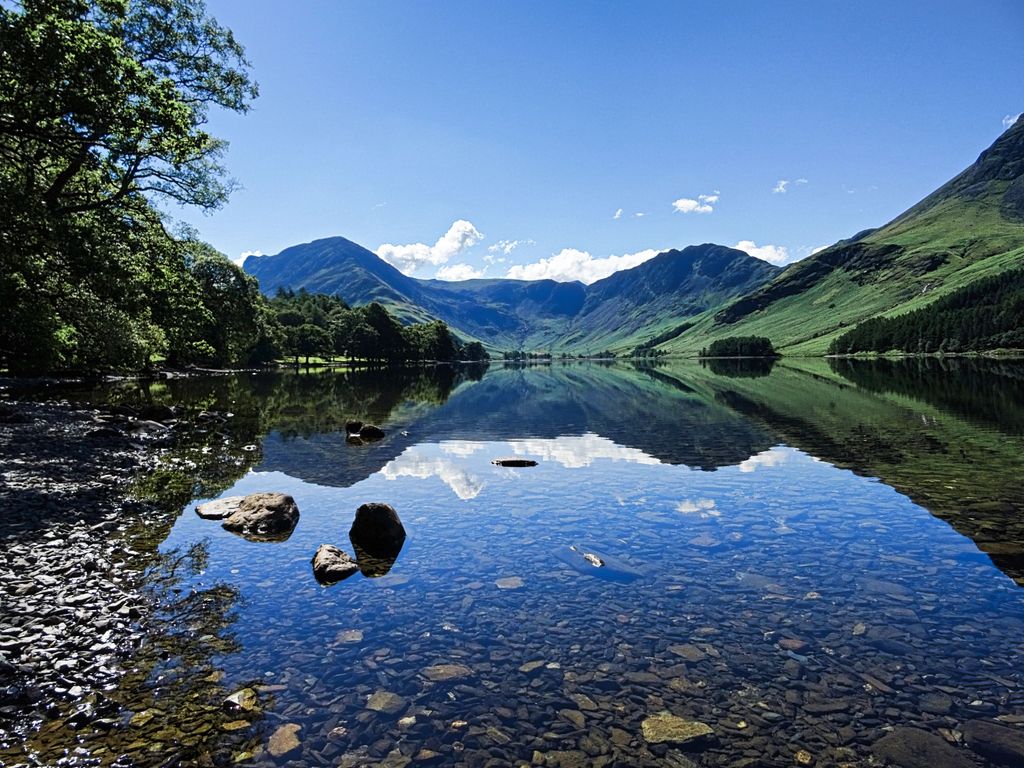
6. **Lake Clark, Alaska** Venturing into the wild, untamed beauty of the southern part of Alaska, we encounter Lake Clark, a deep and impressive body of water with a recorded depth of 1,056 feet. Similar to the formation story of Lake Pend Oreille, Lake Clark was also carved out by the immense power of ancient glaciers, leaving behind evidence of their enduring geological impact on the landscape. The water that fills this profound lake flows down from the pristine Chokotonk River valley, situated near the majestic Kenai Peninsula, which contributes to its untouched quality.
Lake Clark holds special significance as the centerpiece of its namesake national park and preserve. This vast protected area encompasses over four million acres of unparalleled natural beauty, ensuring that the lake and its surrounding wilderness remain preserved for future generations. The park’s mission is to protect a diverse array of ecosystems, ranging from active volcanoes to salmon-rich rivers, all centered around the deep, clear waters of Lake Clark.
Despite the lack of a designated parking area directly adjacent to the lake’s shores, its allure is undeniable, and adventurous visitors are willing to make the trek to reach its pristine waters. Once there, they are rewarded with a wealth of opportunities to engage in different water-based activities, embracing the wild spirit of Alaska. Kayaking, rafting, and other aquatic adventures are popular pursuits, enabling people to immerse themselves fully in the breathtaking natural environment and appreciate the serene grandeur of Lake Clark.
Read more about: Living Large or Hardly Living? The Hilarious Truth About Skyrocketing Costs
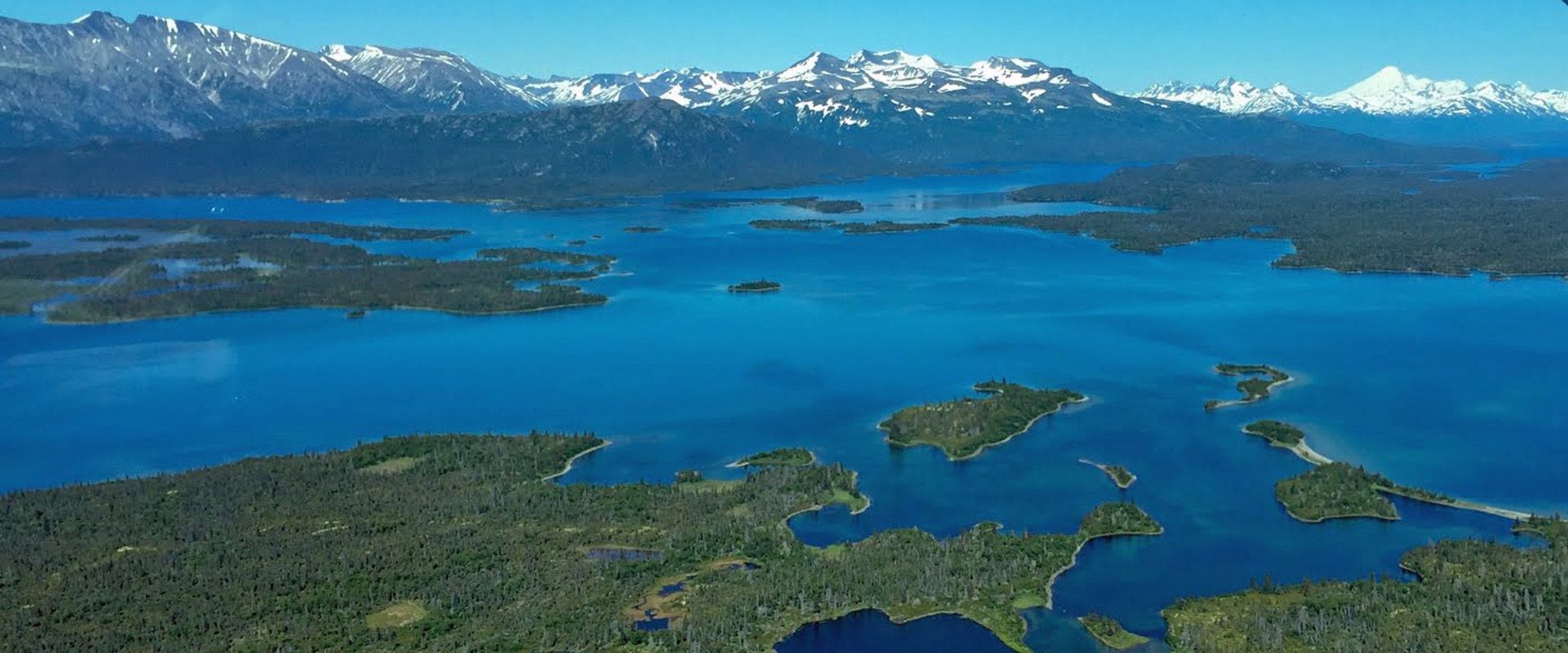
7. **Iliamna Lake, Alaska** Iliamna Lake, another gem nestled in the vast expanses of Alaska, stands as one of the deepest lakes in the United States, plunging to a significant depth of 988 feet. Beyond its impressive vertical dimension, this lake is also distinguished as the largest lake in Alaska based on its substantial surface area of 1,015 square kilometers. In fact, it holds the notable distinction of being the second-largest freshwater lake within the entire United States, underscoring its immense scale and ecological importance, even though Lake Clark is slightly deeper.
Its immense size and profound waters contribute significantly to the freshwater resources of the region and support a diverse array of aquatic life. The lake’s vastness creates a unique, almost inland sea-like environment, reflecting the expansive Alaskan skies and surrounding wilderness. This immense body of water plays a critical role in the local ecosystem, supporting numerous species of fish, including the world’s largest sockeye salmon run.
Perhaps one of the most intriguing aspects of Iliamna Lake is the captivating legend that has spread across the villages surrounding its deep waters. This age-old tale speaks of a supposed monster that is said to inhabit the lake, dwelling at depths between 10 and 30 feet. This fascinating folklore has added a layer of mystery and allure to the lake, making it famous not only for its natural characteristics but also for the enduring legend that continues to captivate the imagination of locals and visitors alike.
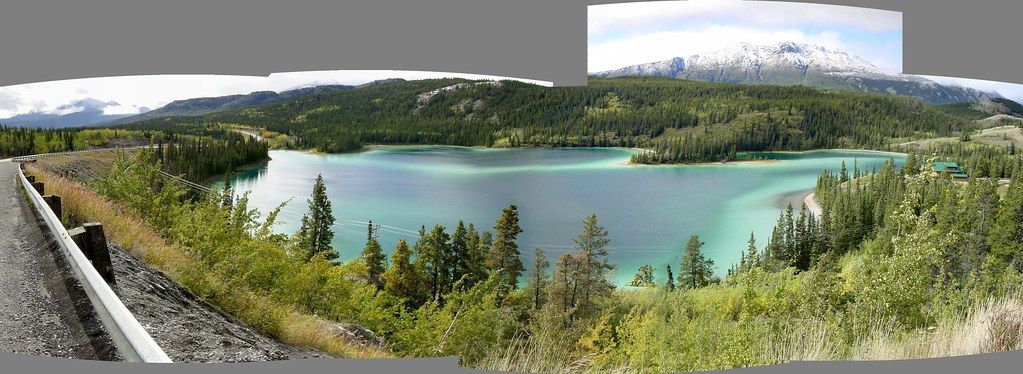
8. **Tustumena Lake, Alaska** Continuing our exploration of Alaska’s profound aquatic landscapes, we encounter Tustumena Lake, yet another deep and expansive body of water that contributes to America’s impressive collection of natural wonders. This particular lake boasts a depth of 950 feet, making it one of the deepest in the country. Within Alaska, it is also recognized as one of the largest lakes, its vast surface area mirroring the rugged beauty of the Kenai Peninsula. Its sheer size and depth offer a sense of grand isolation, a characteristic often found in Alaska’s more remote natural treasures.
Despite its considerable size and depth, Tustumena Lake holds a unique distinction on this list: it is widely considered the least visited lake among the deepest. The primary reason for this limited accessibility is the notable absence of direct roads leading to its shore. This lack of conventional access means that the lake largely retains its pristine, untouched quality, offering a truly wild and secluded experience for the few who manage to reach it.
Further contributing to its seldom-visited status is its remote location, situated approximately 60 miles from the bustling city of Anchorage on the vast Kenai Peninsula. For locals and determined adventurers, the only practical way to reach the lake’s tranquil waters is by embarking on a boating journey upriver from the small town of Kasilof. This challenging yet rewarding approach ensures that Tustumena Lake remains a sanctuary of wild beauty, preserving its natural state away from the pressures of mass tourism.
As we continue our remarkable descent into the profound aquatic wonders of the United States, our journey brings us to another seven incredible bodies of water, each possessing its own unique natural history, remarkable features, and hidden charms. These lakes, while perhaps not always ranking at the top in terms of sheer depth, nevertheless contribute significantly to the nation’s freshwater resources, support diverse ecosystems, and offer myriad opportunities for human interaction, from scientific study to serene recreation. They are integral to the landscapes and communities they touch, reflecting the enduring power of geological forces and the captivating beauty of the American wilderness.
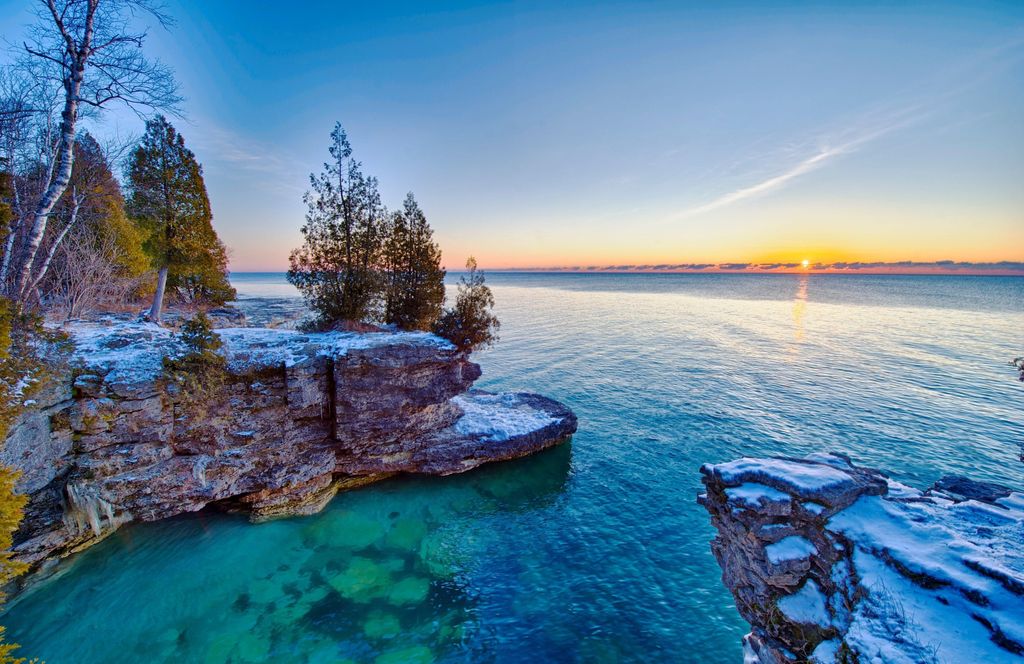
9. **Lake Michigan, Illinois/Indiana/Wisconsin/Michigan** Moving south from the remote Alaskan wilderness, we encounter Lake Michigan, a colossal body of freshwater that not only ranks among the deepest but also holds the distinction of being the largest freshwater lake in the USA by surface area. Its vast expanse shares its shoreline with the states of Illinois, Indiana, Wisconsin, and Michigan, creating an expansive aquatic thoroughfare and a vital resource for millions. This magnificent lake reaches a maximum depth of 923 feet, or 281 meters, making a significant impression on the North American landscape.
Beyond its impressive dimensions, Lake Michigan plays a crucial role in the hydrology of the region, boasting a staggering volume of one quadrillion gallons of water, sustained by numerous tributaries. Its shores are not merely lines on a map; they are vibrant hubs of activity, with parts of the south shore bordered by major urban centers such as Chicago and Indiana. This blend of natural grandeur and human development makes Lake Michigan a unique subject of study and admiration, a testament to both wild beauty and bustling civilization.
What truly sets Lake Michigan apart is its interconnectedness within the Great Lakes system. While it stands as the only Great Lake located entirely within the United States, its waters are intrinsically linked to Lake Huron through the Straits of Mackinac. This hydrological bond underscores the intricate web of North America’s freshwater giants, each contributing to an unparalleled system of vital resources and breathtaking natural beauty.
10. **Lake Ontario, Ontario/New York** Our journey eastward brings us to Lake Ontario, a jewel nestled between the borders of the United States and Canada, specifically New York and Ontario Province. Despite being the smallest of the North American Great Lakes by surface area, its depth is undeniably impressive, reaching a maximum point of 802 feet, or 244 meters. This makes it one of the deepest lakes in the US, and it boasts one of the deepest points in North America among the Great Lakes.
Lake Ontario’s waters, though relatively compact within the Great Lakes system, contribute significantly to the freshwater supply of both nations, serving as a vital conduit for shipping, industry, and recreation. Its status as the 13th largest lake in the world by surface area, despite its relatively smaller size among its Great Lakes counterparts, underscores its global significance and the immense volume of water it contains. The lake’s strategic location has also shaped historical narratives, serving as a critical waterway for centuries of trade and exploration.
The shoreline of Lake Ontario offers a diverse tapestry of urban landscapes, charming towns, and natural parks, providing a wide array of activities for residents and visitors alike. From sailing and fishing to exploring historical sites along its banks, the lake provides an unparalleled setting for both leisure and livelihood. Its profound depths and expansive surface, though the smallest of the Great Lakes, continue to inspire awe and sustain life across its shared international expanse.
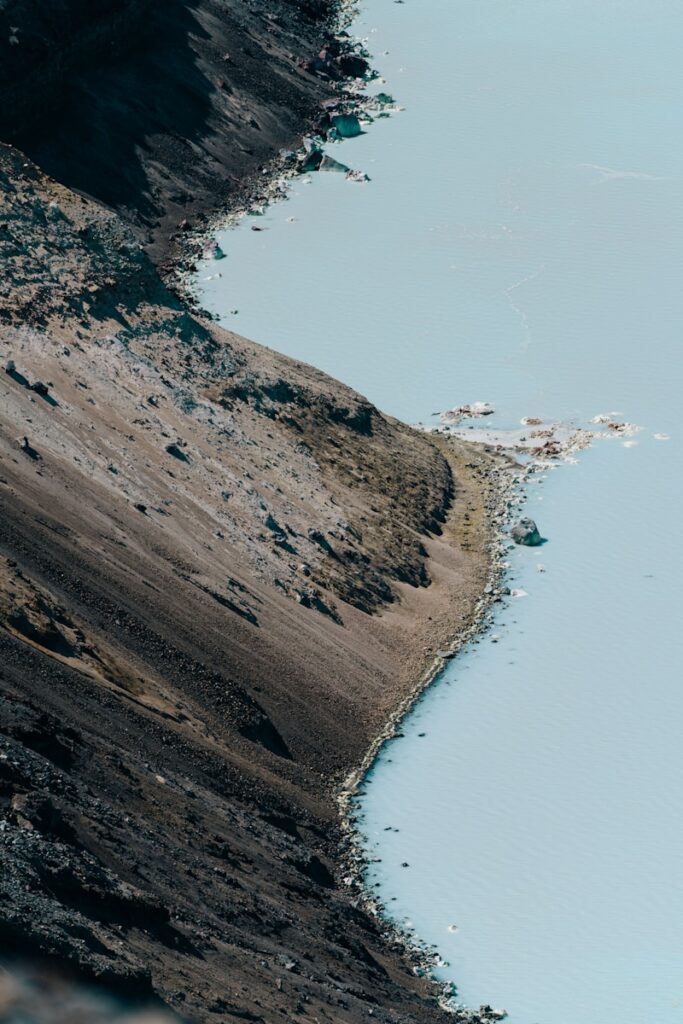
11. **Katmai Crater Lake, Alaska** Returning to the rugged and often untouched beauty of Alaska, we encounter Katmai Crater Lake, a magnificent natural resource born from a cataclysmic event. This profound lake reaches a depth of 800 feet, securing its place among America’s deepest lakes. Its very existence is a testament to the Earth’s dynamic geological forces, having been formed following the dramatic Novarupta eruption of 1912, an event that reshaped the Alaskan landscape and created the caldera now cradling these pristine waters.
Katmai Crater Lake is the centerpiece of its namesake national park and preserve, an area that has garnered widespread fame and protection since 1980. This vast wilderness sanctuary is celebrated for its breathtaking, rugged coastline and its incredibly pristine waterways, which attract visitors from around the world throughout the year. The park’s commitment to preservation ensures that the lake’s untouched quality and the surrounding ecosystems, including a significant population of brown bears, thrive undisturbed.
Visitors to Katmai Crater Lake are treated to a truly immersive natural experience, where the raw power of nature is fully displayed. The serene surface of the lake belies its volcanic origins, providing a tranquil yet awe-inspiring setting for exploration. It serves as a stark reminder of the planet’s ever-changing face and the profound beauty that can emerge from the most dramatic natural events, making it a unique and vital part of America’s narrative on its deepest lakes.
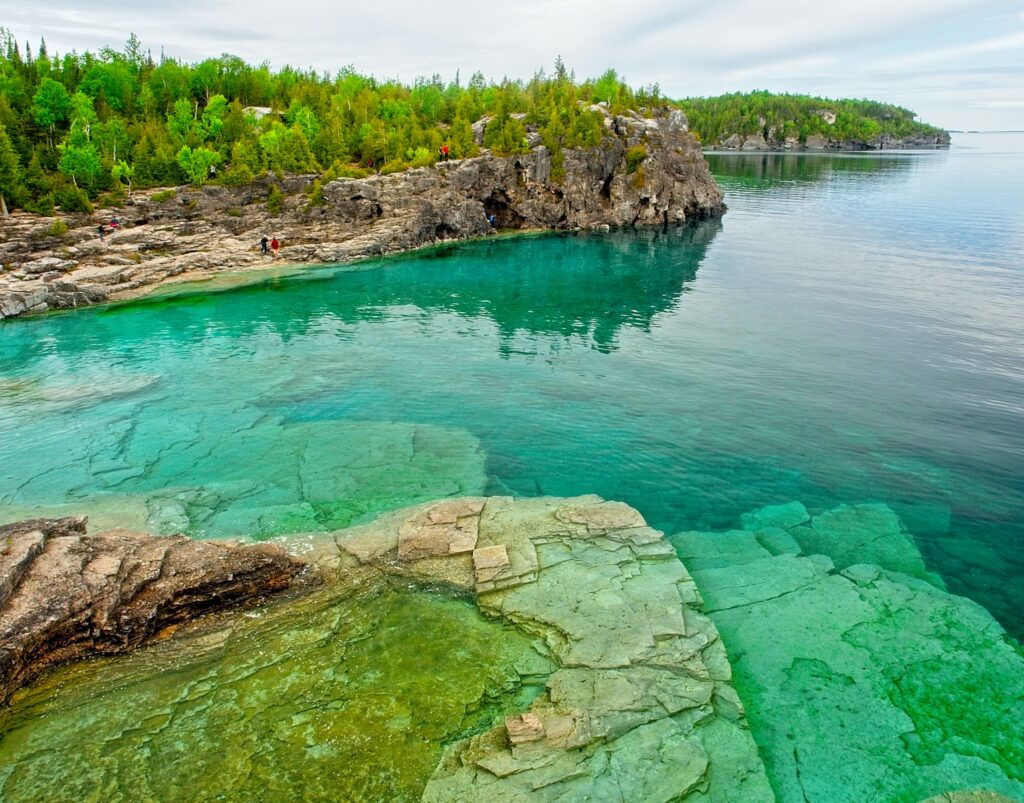
12. **Lake Huron, Michigan/Ontario** Stretching across the borders of the U.S. state of Michigan and Ontario, Canada, Lake Huron stands as the second-largest of the North American Great Lakes by surface area and one of the deepest lakes in the United States, with its deepest point measuring 800 feet, or 230 meters. This vast body of water is not only remarkable for its depth and size but also for its unique hydrological connection to its neighbor, Lake Michigan, through the narrow yet deep Strait of Mackinac. This five-mile-wide, 120-feet-deep passage allows for a continuous flow of water, linking these two magnificent freshwater seas.
Lake Huron is renowned for its extraordinarily long shoreline, which, at 3,827 miles, surpasses that of all the other Great Lakes. This extensive coastline provides a rich mosaic of environments, from sandy beaches and rocky cliffs to protected bays and bustling harbors. Beyond its immediate aquatic features, the areas surrounding Lake Huron are widely recognized as a major region for fruit trees, benefiting from the lake’s moderating climate and fertile soils, and contributing significantly to the region’s agricultural prosperity.
Furthermore, the lake’s ecological importance extends to its role as a crucial host for a substantial number of migratory birds annually. Its diverse habitats and abundant food sources make it a critical stopover and breeding ground for various avian species, underscoring its vital contribution to North America’s biodiversity. Lake Huron, with its depth, vastness, and rich ecological and economic significance, truly embodies the grandeur of the Great Lakes.
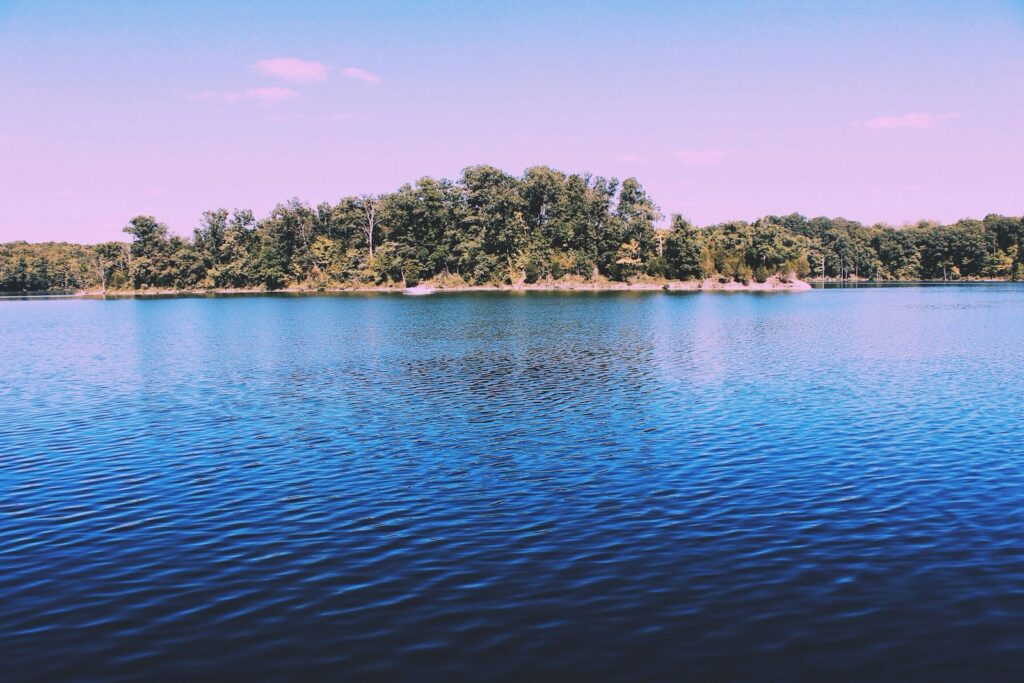
13. **Lake Oroville, California** Journeying further west to Butte County, in northern California, we discover Lake Oroville, a beautiful and deep lake with a compelling story of human ingenuity confronting natural forces. Unlike many of the previously discussed natural wonders, Lake Oroville is a reservoir, a testament to modern engineering, formed by the impressive Oroville Dam across the Feather River. This man-made marvel reaches a maximum depth of 695 feet, making it a significant inclusion on the list of America’s deepest lakes.
Situated conveniently beside the city of Oroville, the lake has become the primary attraction of the expansive Lake Oroville State Recreation Area. This designation underscores its importance not just as a water resource but also as a vital recreational hub for California residents and visitors. The construction of this reservoir has transformed the local landscape, providing a consistent water supply, flood control, and hydroelectric power to the region.
The area around Lake Oroville abounds with activities, offering ample opportunities for boating, fishing, and various water sports against a backdrop of rolling hills and scenic vistas. Its formation exemplifies a different kind of deep lake—one shaped by human hands to harness the power of nature for societal benefit, yet still offering the serene beauty and recreational appeal inherent in large bodies of water.
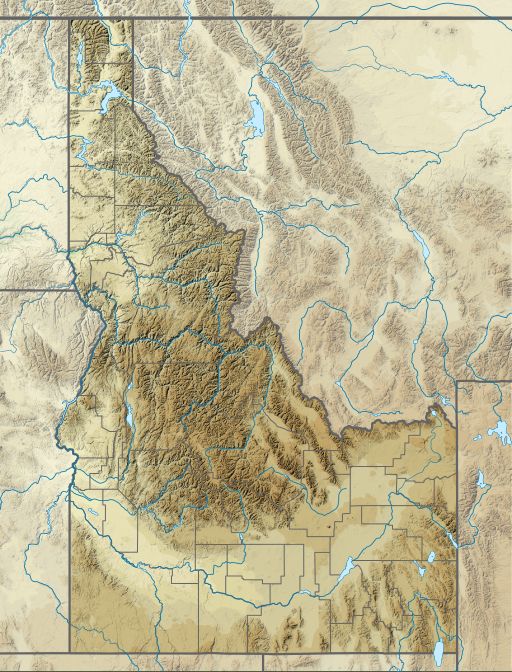
14. **Dworshak Reservoir, Idaho** In the western United States, within Clearwater County, Idaho, lies another deep, human-engineered marvel: Dworshak Reservoir. Formed by the imposing Dworshak Dam, this lake attains a considerable depth of 650 feet, making it a notable inclusion in the country’s most profound water bodies. The reservoir impounds the waters of the North Fork Clearwater River, creating a vast and vital aquatic resource in a rugged landscape.
The western shoreline of Dworshak Reservoir is characterized by a picturesque blend of dense trees and open meadows, providing a stunning natural setting for outdoor enthusiasts. This area has rightfully earned popularity as a premier tourist destination, attracting visitors who come to immerse themselves in a wide range of recreational activities. The clear, deep waters are ideal for swimming, boating, and exhilarating water skiing, offering endless hours of aquatic enjoyment.
Beyond water sports, the surrounding land offers excellent opportunities for camping, enabling visitors to extend their stay and fully embrace the tranquility and beauty of the Idaho wilderness. Dworshak Reservoir exemplifies how strategic infrastructure can create not only essential resources but also cherished recreational havens, seamlessly integrating human development with the preservation of natural charm.
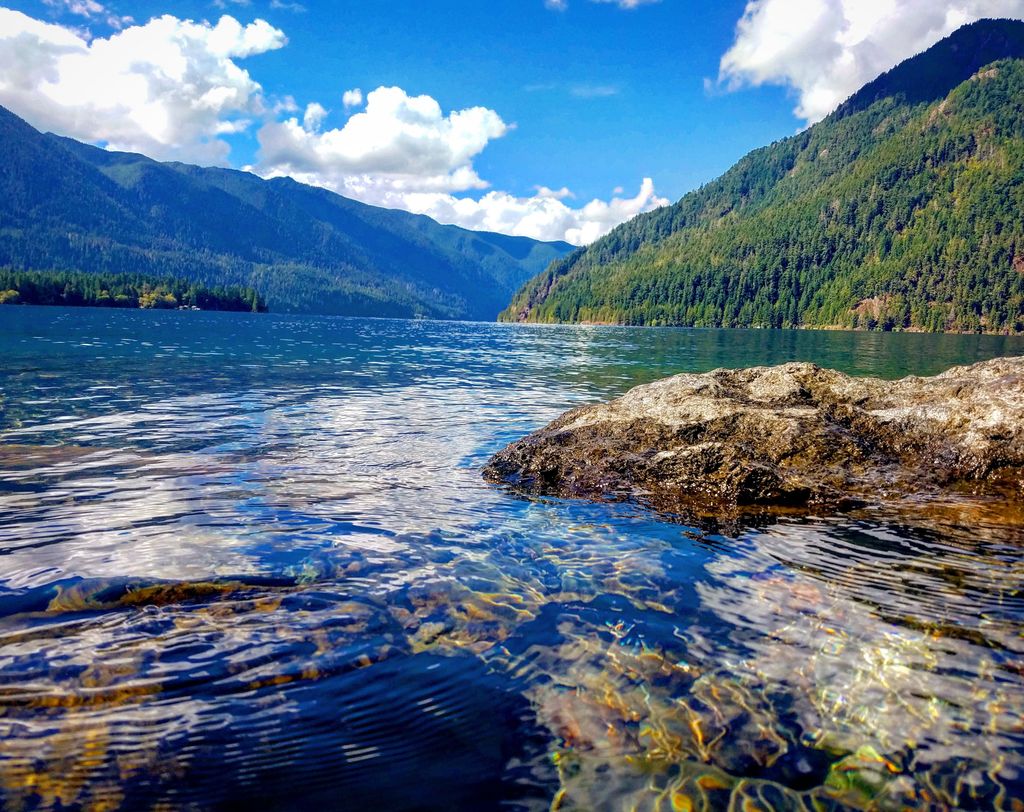
15. **Lake Crescent, Washington** Our captivating exploration concludes in Olympic National Park, Washington, with Lake Crescent, a truly remarkable body of water that proudly occupies the 15th position on our list of America’s deepest lakes. This crystal-clear lake reaches an astonishing depth of 634 feet, a testament to the immense power of ancient glaciers that sculpted its basin during the last ice age. Its formation is a narrative of geological artistry, leaving behind a pristine aquatic gem entirely contained within the national park’s boundaries.
Lake Crescent is beautifully bordered by a deep forested mountain range, which provides a dramatic and awe-inspiring backdrop to its sparkling surface. The exceptional clarity of its waters is legendary, reflecting the majestic peaks and verdant canopy with remarkable precision. This natural setting creates an unparalleled environment for contemplation and connection with the natural world, attracting visitors seeking serenity and adventure alike.
The surrounding area of Lake Crescent is a paradise for outdoor activities, ideal for hiking the numerous trails that wind through the ancient forests, camping under the star-studded sky, and simply sightseeing to take in the breathtaking vistas. This iconic deep lake stands as one of the best and most cherished destinations within Olympic National Park, offering a pristine glimpse into the enduring beauty and profound depths that characterize America’s most fascinating aquatic treasures.
From the volcanic calderas of Oregon to the glacier-carved basins of Alaska and the man-made marvels across the nation, America’s deepest lakes are more than just impressive statistics; they are living testaments to the Earth’s dynamic history, vital ecological habitats, and cherished recreational grounds for millions. Each lake tells a unique story, inviting us to delve deeper into its mysteries, appreciate its beauty, and understand its profound significance within the grand tapestry of our natural world. These deep blue windows to the past and present truly are among the United States’ most compelling and enduring natural wonders.

